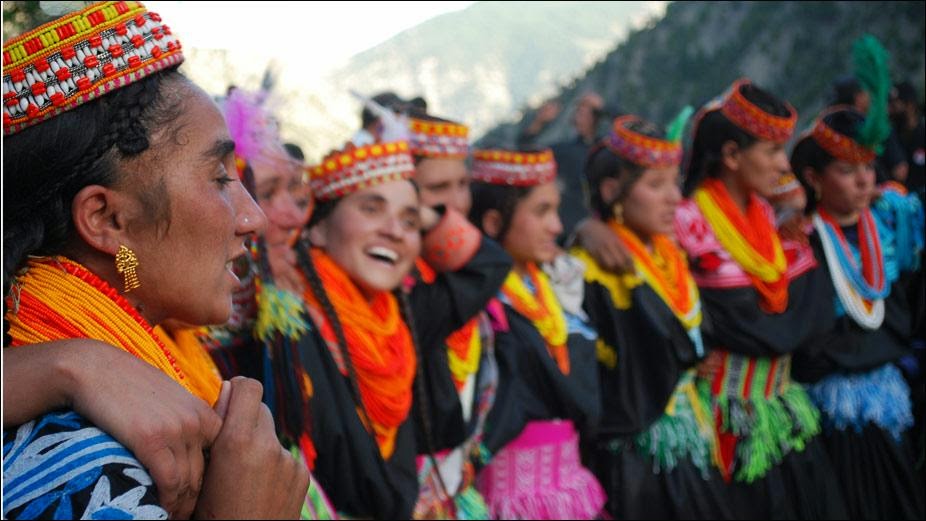Since I am too busy with school and work to travel much, let along focus on my blog until next year, I will try my best to post at least ones a month a profile of a region/city/country I am planning to visit in the near future. Today, I would like to profile one of the most fascinating and rarely known places, Nuristan, Afghanistan. Formerly known as Kāfiristān or Kāfirstān (Pashto: کافرستان). Its a historical region that covers present-day Nuristan Province in Afghanistan and its surrounding areas of Khyber-Pakhtunkhwa, Pakistan. Its a beautiful place with fascinating indigenous population called Kalashi, many of whom still practice their own complex autonomous culture and believe of ancient Hinduism mixed with Islam.
Apparently selfies are not just limited to urban areas
the Kalash people live in three isolated mountain valleys
Kafiristan name originates because the inhabitants of the region were non-Muslims and were thus known to the surrounding Muslim population as kafirs, meaning "non-believers" (they practiced and to some extend still do an Ancient Hinduism right along with Islam).
The region is extremely fertile, covering the mountainside in rich oak forests and allowing for intensive agriculture without the aid of any machinery
After the governments of Britain, India and Afghanistan settled on the Durand Line border in 1893, the Afghan ruler Abdur Rahman Khan (the “Iron Emir”) with his forces between 1895-96 conquered and subdued Kafiristan. Once Afghan rule was established, the Emir forcibly converted the local people to Islam, despite the fact that compulsive conversion is contrary to the tenets of the Islamic faith. As a result, many of the Kalash tribes moved to Chitral region of Pakistan, where they continue to practice their ancient traditions without government interference since the 1970s. Today, the Kalash,who are numbered 6,000, retain their polytheistic faith and practices.
The four languages spoken by the people of Nuristan is the Indo-Iranian branch of Indo-European languages. A Norwegian Professor, George Morgenstierne claims that these languages are the most archaic forms of the Indic branch. The four languages of Nuristan thus represent a third subgroup or, more accurately, an archaic branch of the Indo-Iranian language.
They are closely relate to the Kalash indigenous people of the Hindu Kush mountain range, residing in the Chitral District of Khyber-Pakhtunkhwa province of Pakistan. They speak the Kalash language, from the Dardic family of the Indo-Iranian languages, and are considered a unique tribe among the Indo-Aryan population.
Due to the fact many of the inhabitants have blue eyes and blond hair (features that are hardly unique in Afghanistan), there were claims that they are descendants of Alexander the Great’s army. However, neither historical research nor DNA testing has validated these claims.
All of these pictures came from Google, including Kafiristan Facebook Page. The title of the post is from a poem by Edward Powys Mathers "Song of Kafiristan"


.jpg)







No comments:
Post a Comment